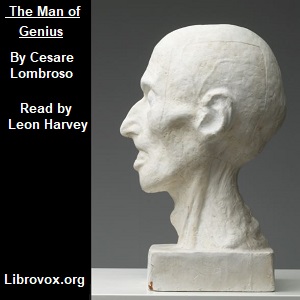Great audiobook "With the Empress Dowager of China - Katharine Carl" online free
Through the eyes of an artist, With the Empress Dowager of China provides a glimpse of life in the Chinese Imperial Court, unseen by any other Westerner. In 1903, Katharine Carl, an American artist, was invited to paint a portrait of Cixi, the Empress Dowager of China, for display at the 1904 Exhibition at St Louis, USA. For nine months from the 5th of August 1903 when the painting was begun, Miss Carl lived within the Chinese Imperial Court, residing at the Summer Palace, Winter Palace and Sea Palace. During those nine months, a total of four portraits of the Empress Dowager were completed. While living in the Chinese Imperial Court, Miss Carl had the opportunity to observe the customs, personalities, entertainments and politics of the Royal household, and in particular to observe the Empress Dowager, who Miss Carl found to be graceful, warm, intelligent and generous.
Although Katharine Carl did not plan to publicise her experiences, With the Empress Dowager of China was written as a response to articles appearing in the American and British press containing statements never made by her and other misrepresentations. Words were being put into her mouth, she was being put into a very difficult position, and corrections needed to be made. By writing an account of life in the Imperial Court she risked “offending the sensibilities of her Chinese friends” since any comments on the personalities of the Emperor or Empress Dowager were considered to breaches of etiquette. Nevertheless, she did publish “a simple and truthful narrative of my experiences” in 1906.
For most of the time from 1861 until her death in 1908, Cixi, the Empress Dowager of China, was co-regent or regent, and was in control of the Chinese government, due to the youth and inexperience of the Emperors during those years as well as to her capabilities. Her legacy is controversial, and she is viewed variously as a despot, a reformer, and a capable and gracious ruler and administrator.
Katharine Carl’s St Louis Exposition portrait of the Empress Dowager of China resides in the collection of the Arthur M Sackler Gallery of the Smithsonian Institution in Washington DC. (summary by Gail Timmerman-Vaughan)
Although Katharine Carl did not plan to publicise her experiences, With the Empress Dowager of China was written as a response to articles appearing in the American and British press containing statements never made by her and other misrepresentations. Words were being put into her mouth, she was being put into a very difficult position, and corrections needed to be made. By writing an account of life in the Imperial Court she risked “offending the sensibilities of her Chinese friends” since any comments on the personalities of the Emperor or Empress Dowager were considered to breaches of etiquette. Nevertheless, she did publish “a simple and truthful narrative of my experiences” in 1906.
For most of the time from 1861 until her death in 1908, Cixi, the Empress Dowager of China, was co-regent or regent, and was in control of the Chinese government, due to the youth and inexperience of the Emperors during those years as well as to her capabilities. Her legacy is controversial, and she is viewed variously as a despot, a reformer, and a capable and gracious ruler and administrator.
Katharine Carl’s St Louis Exposition portrait of the Empress Dowager of China resides in the collection of the Arthur M Sackler Gallery of the Smithsonian Institution in Washington DC. (summary by Gail Timmerman-Vaughan)
Listen audio books mp3 🔊

- Genre: Social Science (Culture & Anthropology) / Memoirs
- Author: Katharine Carl
- Duration: 07:56:58
With the Empress Dowager of China - Katharine Carl - Katharine Carl
Book Reviews
0Leave a review of the audiobook:




